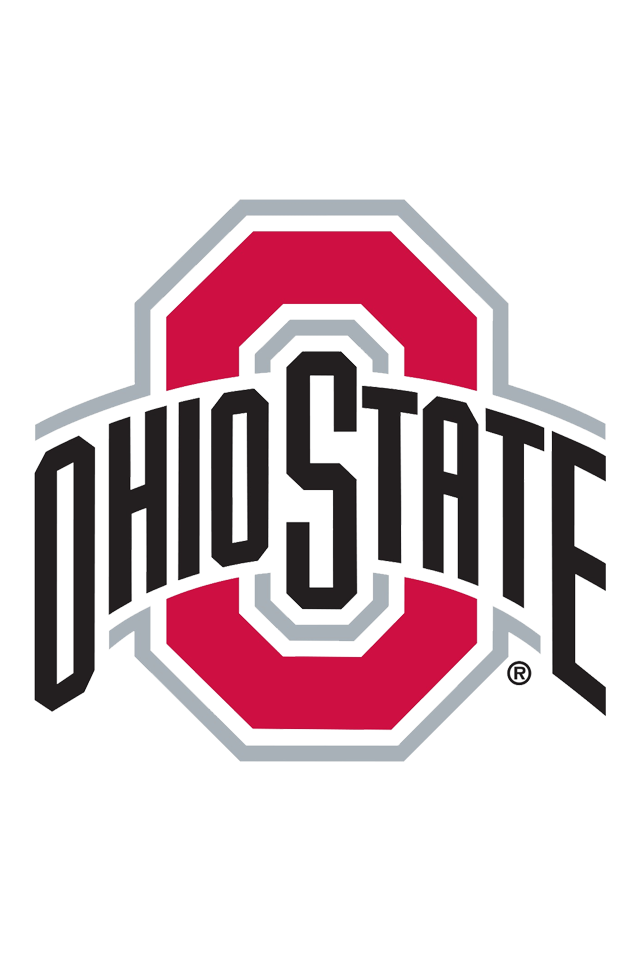Yes, but if OSU and Michigan were the only schools pushing one way, while everyone else pushed another it would add to the tension. Those schools generated close to $200 million in revenue from sports in 2019. The schools system depends upon those funds more than most and hence why they may be outliers.
If you want to see the financial reasons behind the decisions that are being made and those being discussed here is revenue #'s from 2019. Notice how the BIG 12 has a huge gap in revenue between TX and OU and the other schools. Also notice the big gap between the top 4 and the other schools. The B10 dominates the top 6 schools in revenue, but the SEC has 10 of the top 20 schools in terms of sports revenue. It is not inconceivable for the SEC to try and poach TX, OU, OSU, PSU, MI and possibly WI and IA and then adding FSU, USC and Clemson. This give them almost every school that makes FB a #1 priority and the top revenue producing schools in the nation.
Lets be honest - MN gets a ton of benefit being yoked to schools with a bigger commitment to sports (we have done better but for years we wasted our athletics away). The B1G contract benefits each equally even thought other schools attract better ratings (MN did awesome in the ratings in 2019 which does show there is potential). It wouldn't be a reach if there were issues for the top dollar schools to be tempted to look at forming a super conference.
Which are the most profitable college athletic programs in the country? See a ranked listed, including total revenue and expenses. Brought to you by USA TODAY.
sports.usatoday.com

